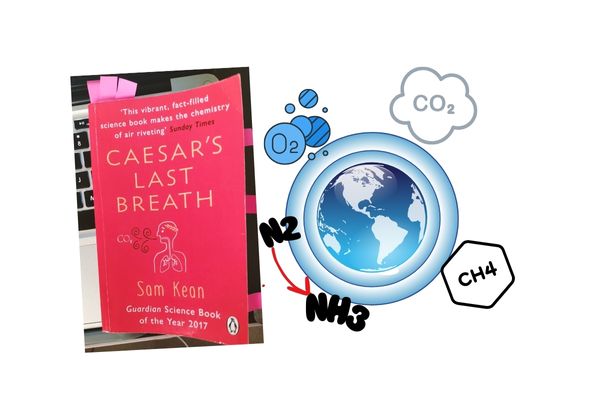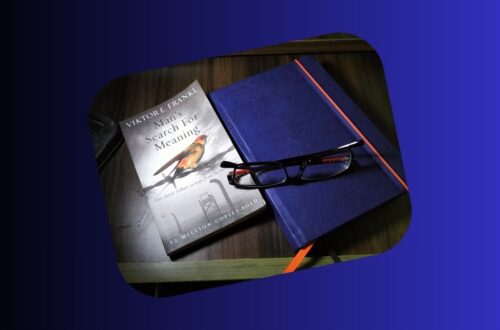
Caesar’s Last Breath: My Review And Thoughts
Book Title: Caesar’s Last Breath
Author: Sam Kean
My Rating (* have a look at my rating scale here): 4/5
What this book is all about?
“Caesar’s Last Breath” is all about gases! Yes! You heard it right. He calls us an “ex-gas”, when he talks about the formation of our solar system, earth’s early atmosphere, how it evolved, and how we humans modified it after we evolved.
My thoughts:
The first thing that came to my mind while reading this book was, why my chemistry teacher did not teach the subject in this manner?
Sam has described each of the gases in a very lucid way, with lots of fun-facts and side stories woven into an engrossing narrative. Particularly interesting are the stories of Nitrogen (N2) and Oxygen (O2), the top two most abundant gases in the present atmosphere. While reading about them one realizes that while the elements ‘Nitrogen’ and ‘oxygen’ are neighbors in the ‘periodic table’, how differently they behave chemically! Who else but Sam Kean can call non-reactive nitrogen “comatose” and the volatile oxygen “a maniac and a madman in most every chemical reaction.”
The narrative also tells the stories of scientists who discovered these gases, tamed them and brought about the industrial revolution. Be it the fundamental experiments of Fritz Haber and engineering innovations of Carl Bosch that ‘fixed’ inert atmospheric nitrogen into ammonia- an almost impossible and possibly one of the most important chemical reaction (Haber-Bosch Process) that to till date is the backbone of fertilizer industry and the ‘Green Revolution’ or their tragic lives despite winning a Nobel. Equally fascinating is the the story of oxygen-dubbed as “The Hope Diamond” by the author as it destroyed every chemist who had a hand in its discovery- the tragic lives of Carl Scheele, Joseph Priestley, and Antoine-Laurent Lavoisier.
Some other random thoughts…
At one point describing the early earth, the author describes it as an ‘egg’ with molten lava giving it a golden glow. This reminded me of a mantra that come up in Yajurveda regarding the origin of universe:
हिरण्यगर्भः समवर्तताग्रे भूतस्य जातः पतिरेक आसीत् |
स दाधार पृथिवीं घामुतेमां कस्मै देवाय हविषा विधेम | यजु. १३/४
Where a “golden womb” is describe that that existed before creation the Lord of everything born.
In the book’s third section “Frontiers: The New Heavens”, Sam talks about human adventures and follies that has changed our air forever. This includes the rampant testings of atomic bombs, initiated by world’s first nuclear explosion on July 16, 1945 code named “Trinity” under the Manhattan project. The explosion associated with a shloka from ‘The Bhagwat Gita’ paraphrased by Robert Oppenheimer as “Now, I am become Death, the destroyer of worlds.”:
श्रीभगवानुवाच |
कालोऽस्मि लोकक्षयकृत्प्रवृद्धो
लोकान्समाहर्तुमिह प्रवृत्त: |
ऋतेऽपि त्वां न भविष्यन्ति सर्वे
येऽवस्थिता: प्रत्यनीकेषु योधा: || 11.32||
Who would find this book interesting?
Young readers who are starting to learn the concepts of chemistry, teachers who teach this subject. I am definitely going to explore more of Sam Kean’s work.
“Quote-Unquote”
“One of the highest callings of the human mind is scientific discovery: to look at the booming, buzzing confusion of the world around us and distill some of the unchanging essence.”
“when we speak of endings, we say dust to dust, ashes to ashes, but that’s not quite right-there’s more to it. Every molecule in our bodies started off life as a gas, and long after our demise, when the big red bloated sun swallows everything around us, all those atoms will return to a gaseous state. A few lucky molecules could even get a second chance somewhere else. Some tiny bit of you- molecules that danced inside your body, may be even that formed your body-could live on in a distant world. “




